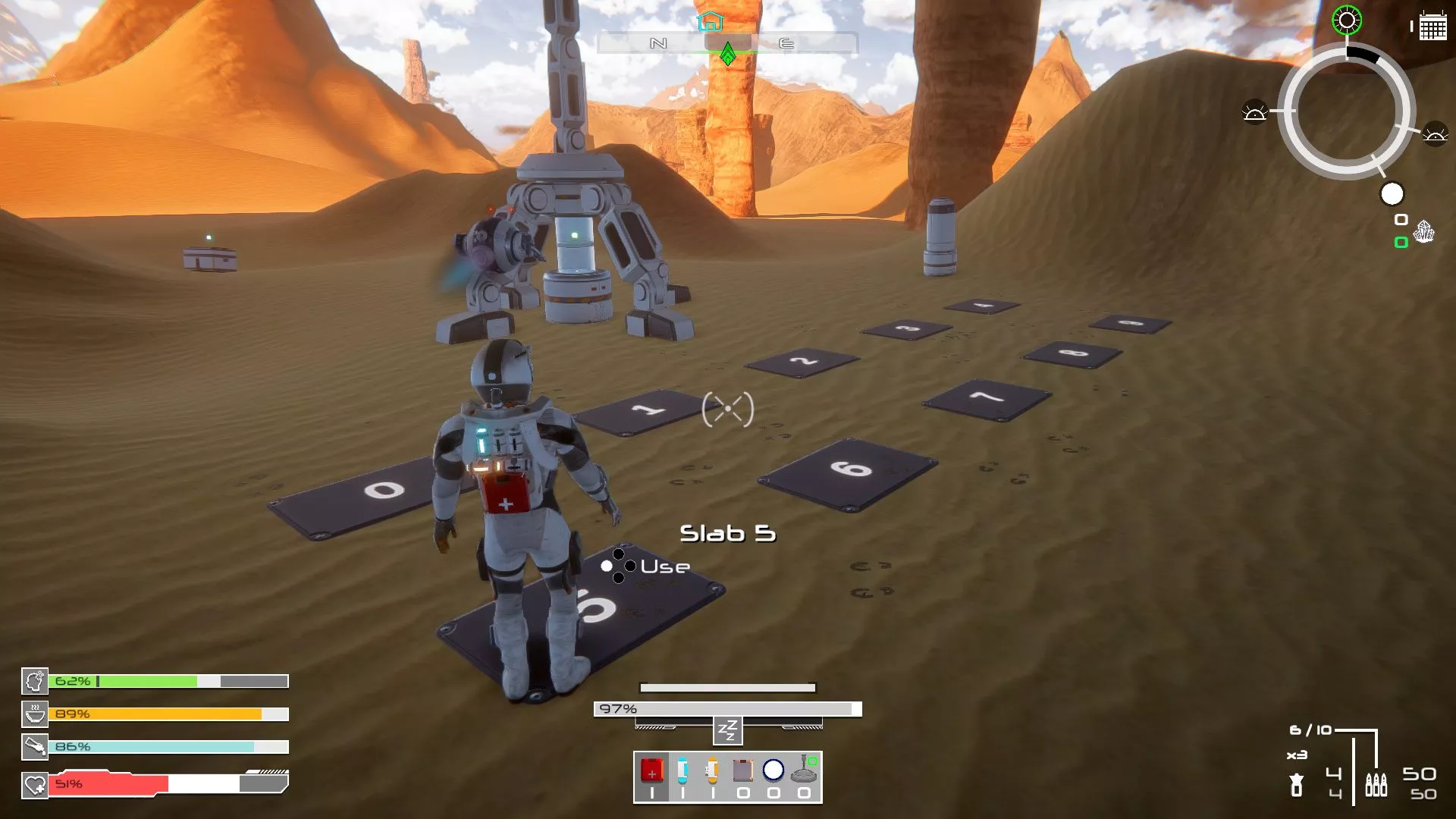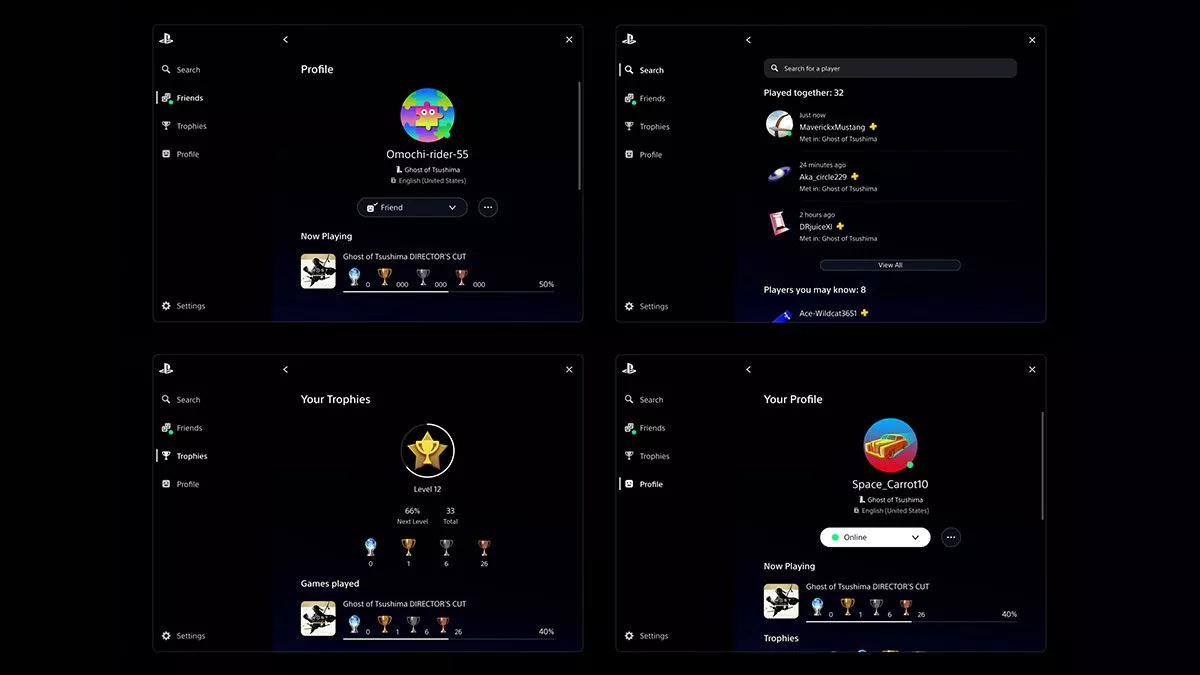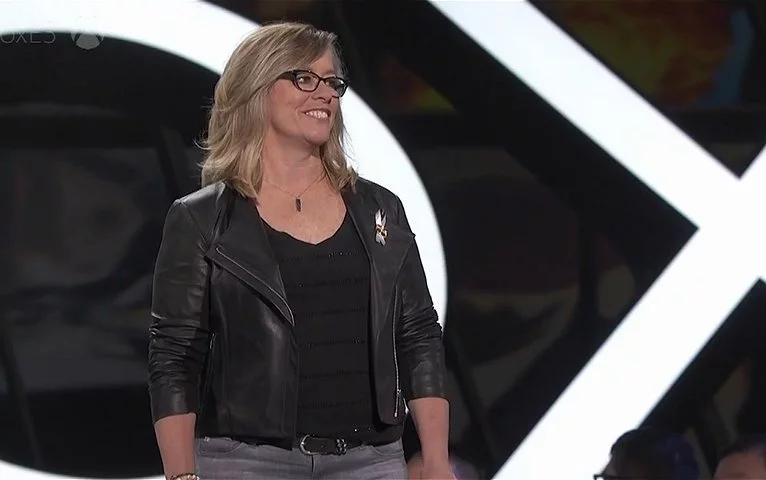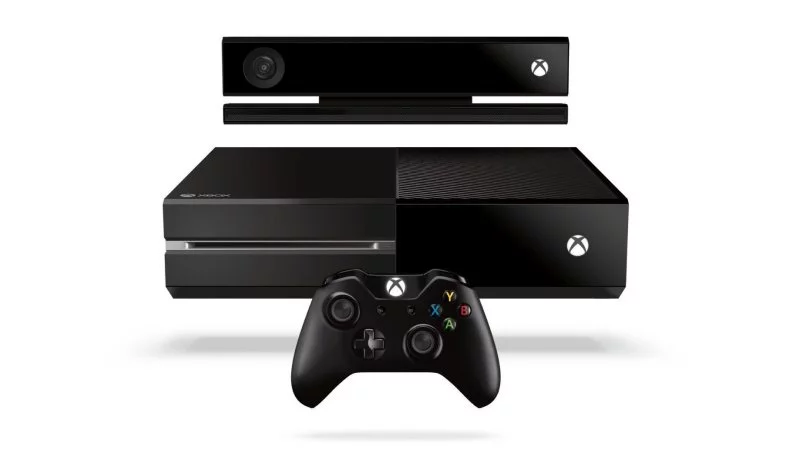I started my interview with Shannon Loftis, General Manager, Global Games Publishing at Microsoft, with a gut punch: Kinect.
When I asked Loftis how she felt about the news that Microsoft had ceased production of the peripheral, I could immediately see her answer written across her face.
“Bittersweet,” she said with a look of pain. “Kinect was an incredible stage — at least for me personally as a developer, as a game developer — because it was something so totally different. The interesting thing about Kinect is it didn’t start necessarily from a gaming place. It started from a place of like, ‘hey, most people are not born knowing how to navigate 3D space using a controller with two analogue sticks, 16 buttons, two bumpers and triggers.’ You know?
“It was fun to eradicate ABXY[-button] thinking and to teach a team to eradicate ABXY thinking. And, then build a culture where we held each other accountable for that kind of thinking.”
Loftis was key in the formation of Microsoft’s Good Science, a studio that focused on the peripheral as well as developing the likes of Kinect Adventures and Kinect Star Wars.
“We learned a lot about creating,” she said of the experience. “We developed a creative process that my teams still use to this day, based in research. And then, allowing for lots of blue sky thinking as well. So I was proud of what I did in the market, I was proud of… I can’t even say proud. I was completely humbled and blown away by what researchers and other people did with the technology when it came out.”
Loftis takes comfort in the fact that the spirit of Kinect is now driving other projects within Microsoft.
“It is true we are not making it anymore, but that spirit lives on,” she said, a smile spreading across her face. “Much of the technology lives on. Frankly, just the core code that drives HoloLens’ outward-facing capabilities. That’s Kinect code.
“Kinect took a bunch of technologies, which everybody thought… ‘there wasn’t a way to commercialise these.’ And then delivered it in a nice $150 package. I think that did change some investment thinking.”
While Loftis considered the Microsoft Mixed Reality project a “parallel” to Kinect, she believed parts of Kinect will live on through it.
“It’s just newy thinking,” she said. “Newy, not new. Like, natural user interface. Questioning the status quo in terms of what the current inputs are to all technology. The original Kinect had a pretty unique feature in that we collected a whole bunch of data and we did not encrypt the datastream. So that was kind of available for the people that call themselves Kinect hackers. All of that technology is still commercially available. It’s just not available in a nice Kinect package.”
Kinect will also live on in the Xbox One platform through features it helped to define, Loftis concluded. Voice commands can now be issued through a headset rather than a Kinect microphone, as an example.
“And even dashboard layout,” she said. “It’s laid out a little bit in the way that your eyeball actually moves through the screen.”
The Kinect peripheral may no longer be in production, but it’s readily available (for the moment, at least) as a first- or second-hand purchase at major gaming retailers.
Stay tuned for more with Shannon Loftis direct from PAX AUS.
This article may contain affiliate links, meaning we could earn a small commission if you click-through and make a purchase. Stevivor is an independent outlet and our journalism is in no way influenced by any advertiser or commercial initiative.

























